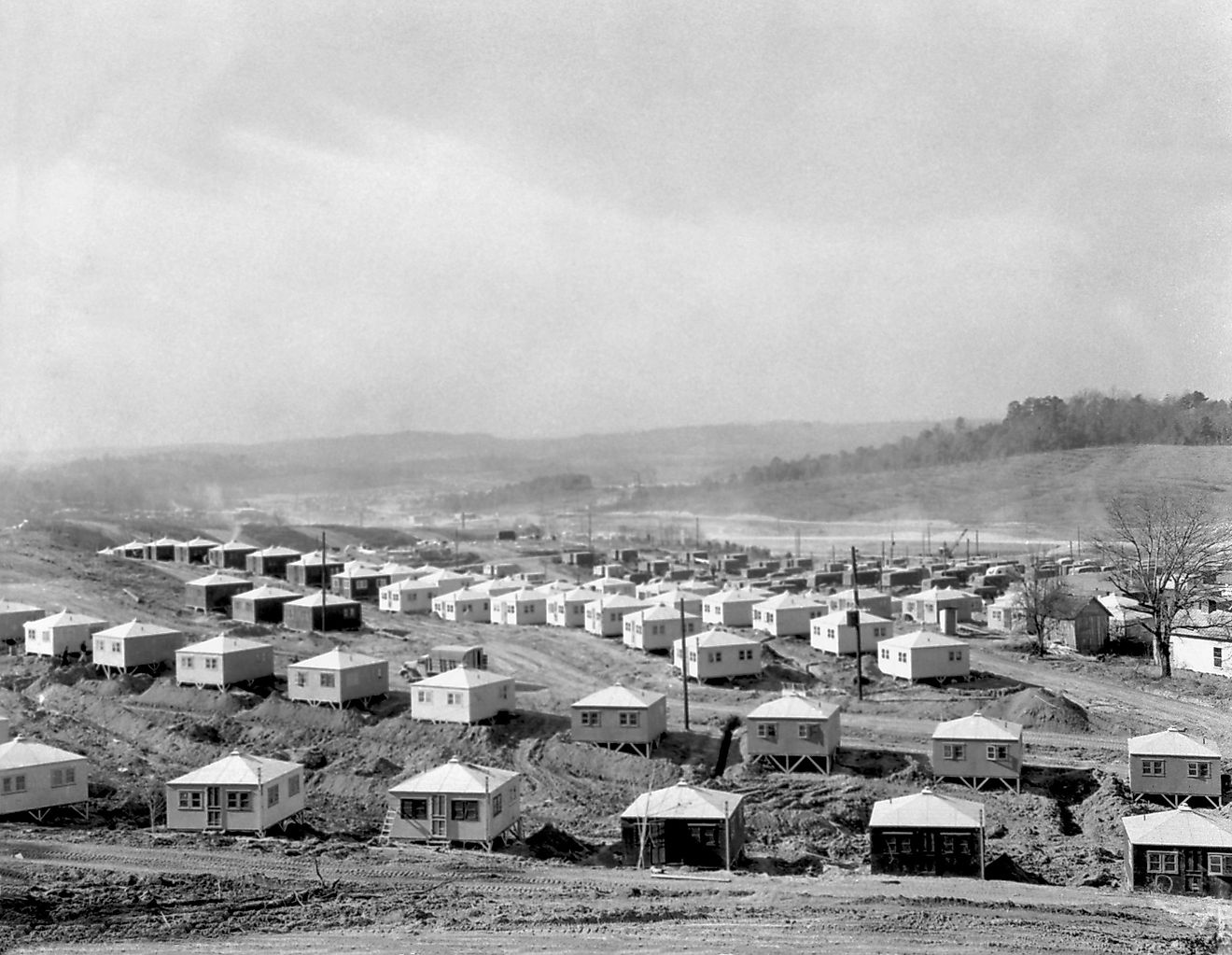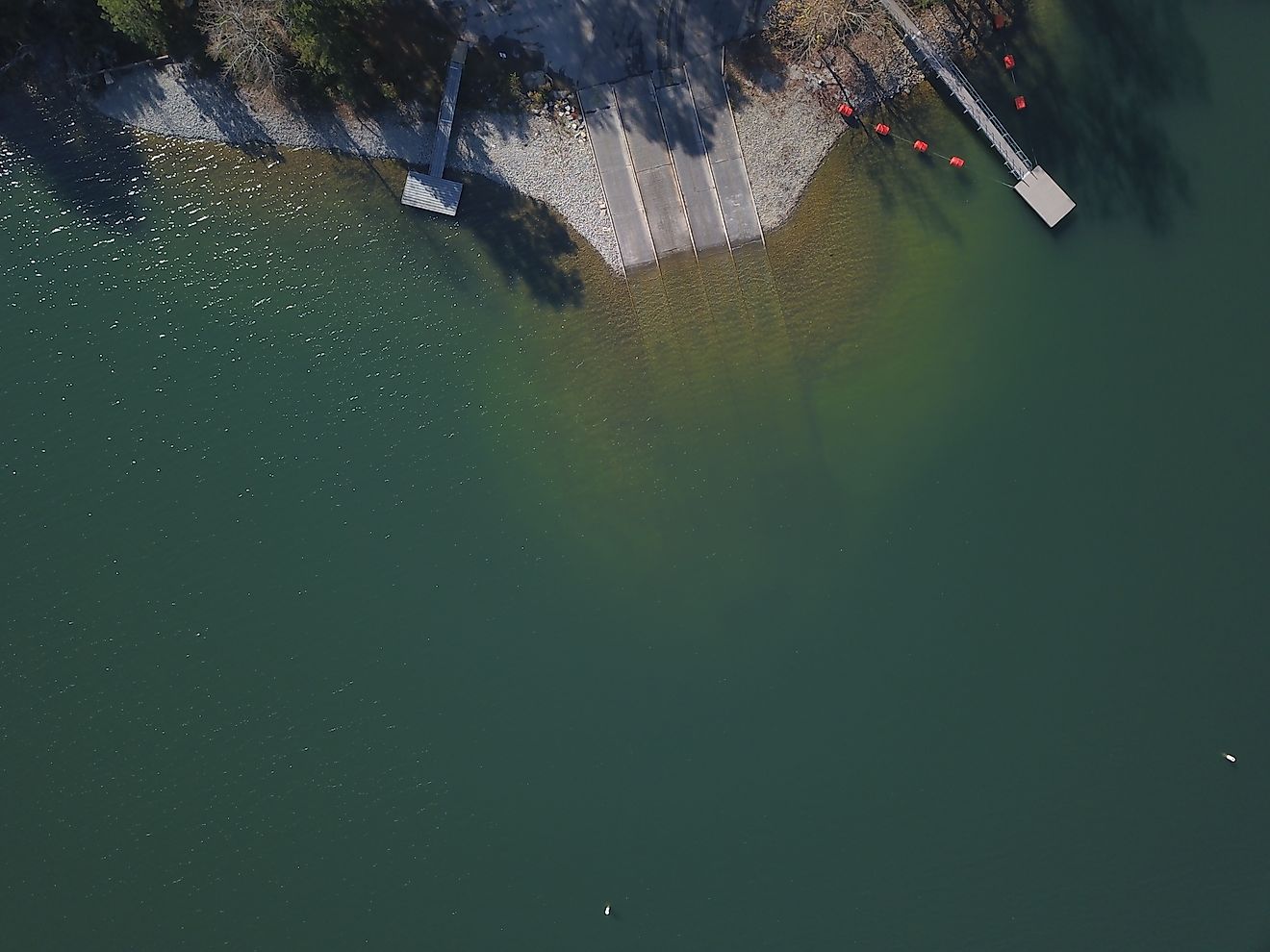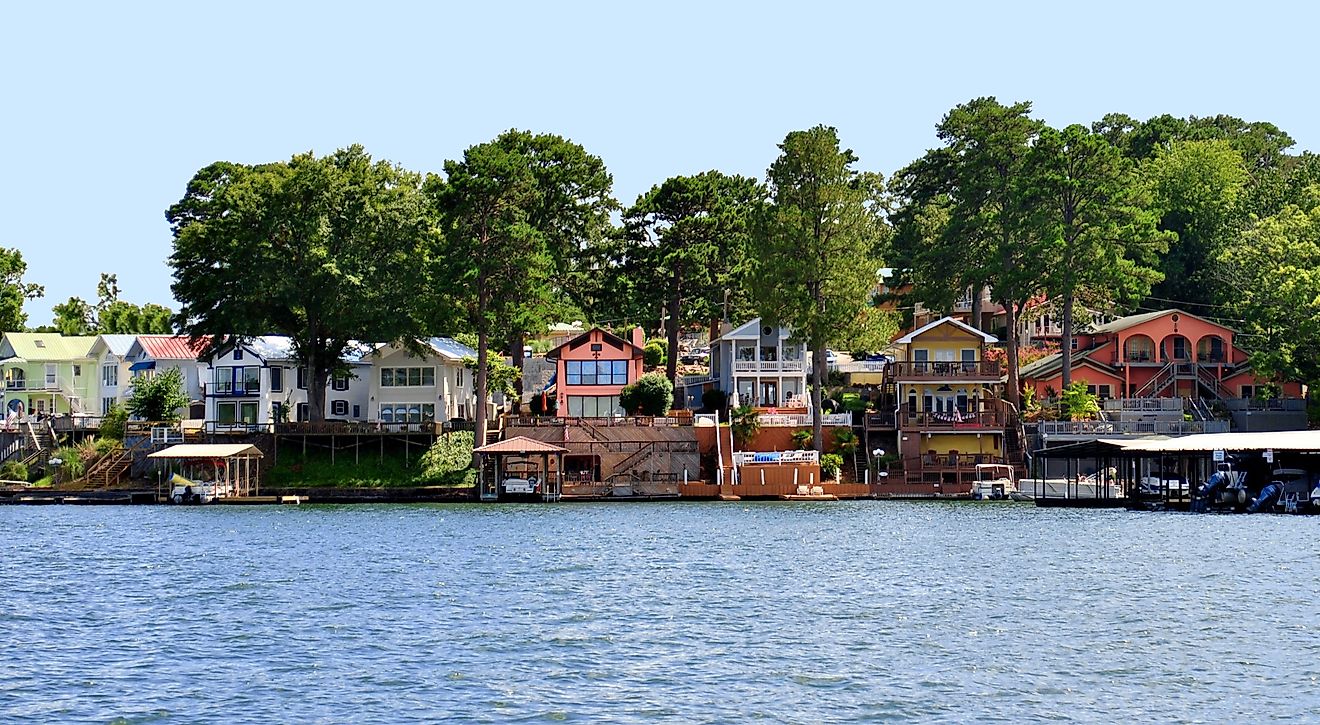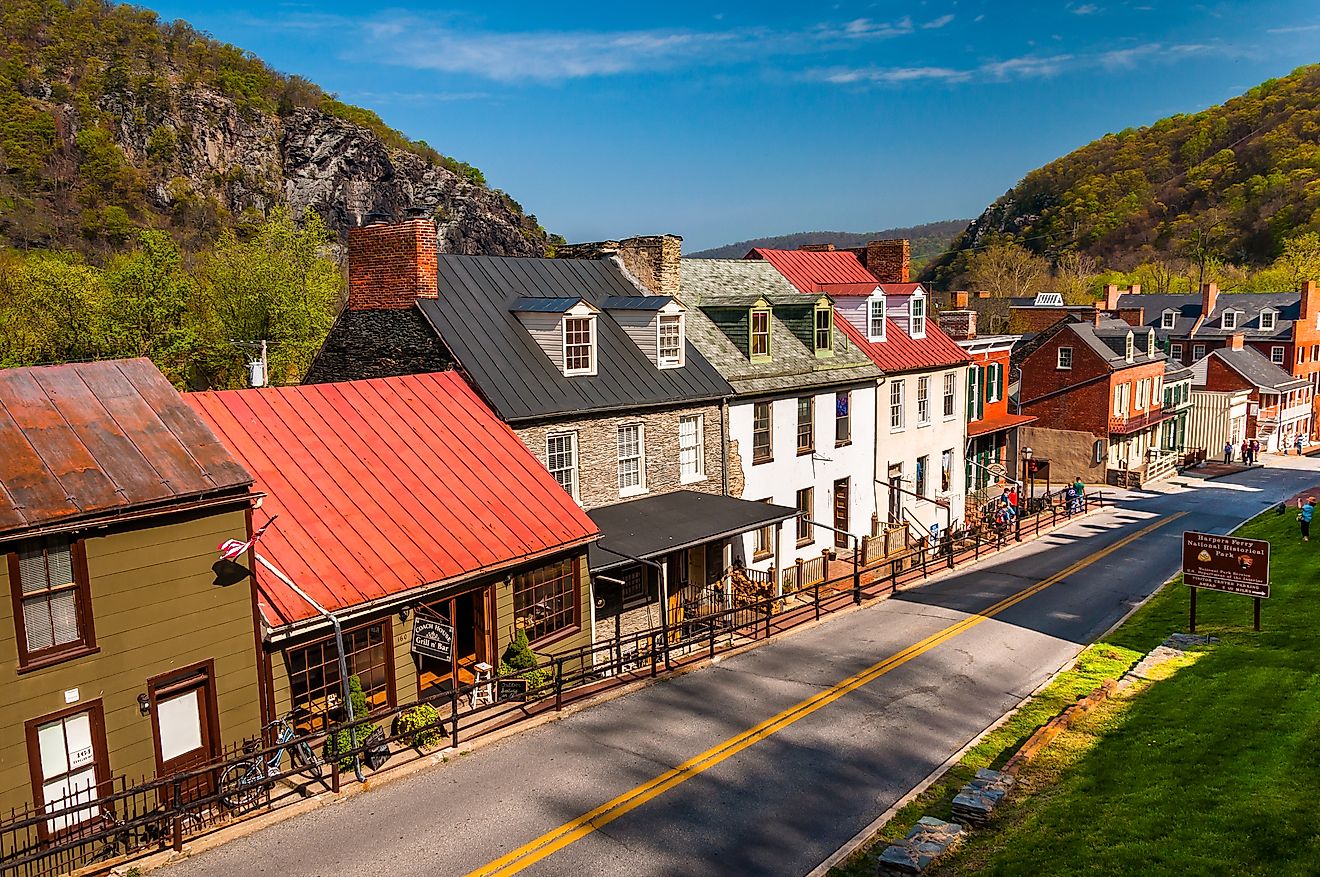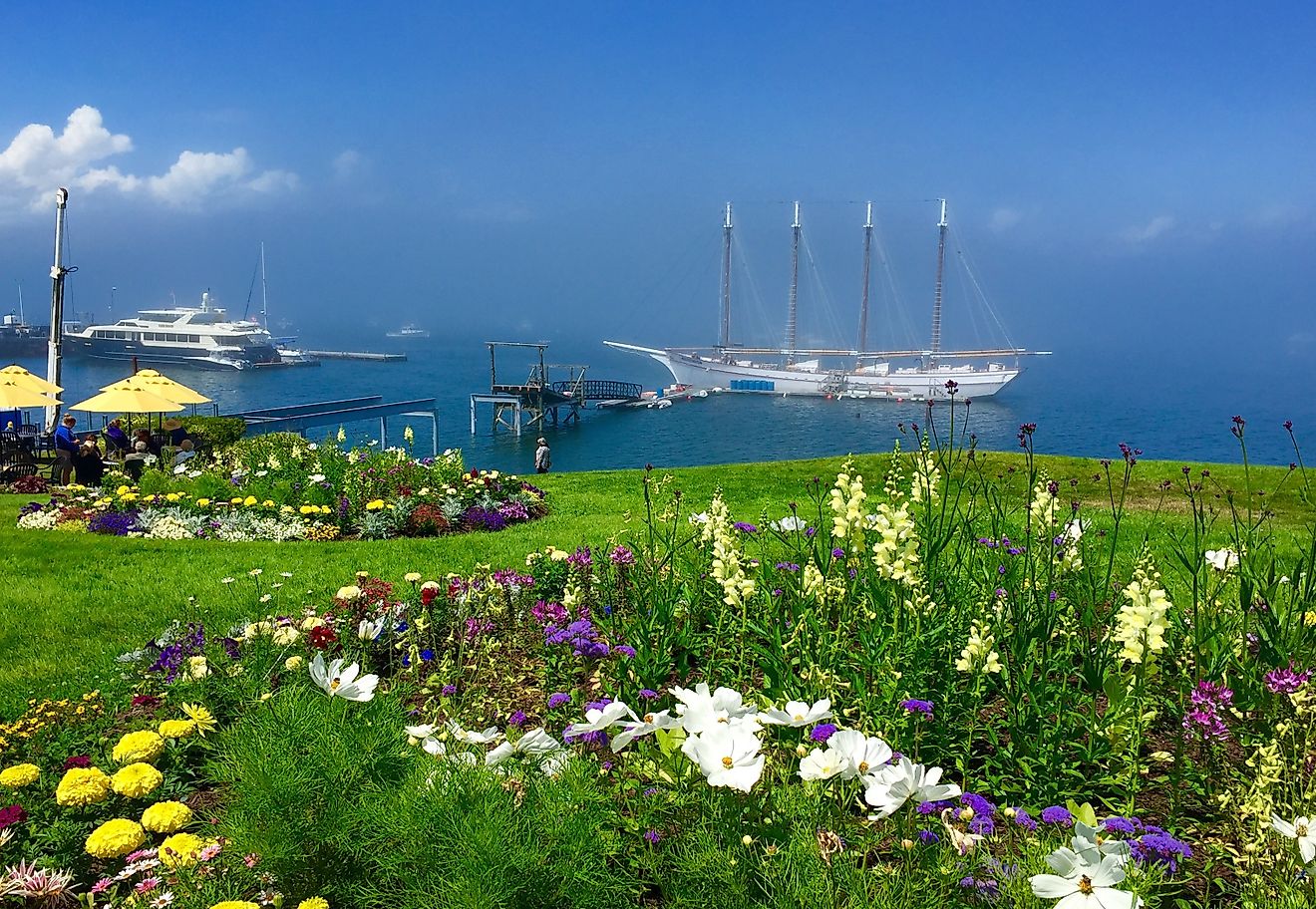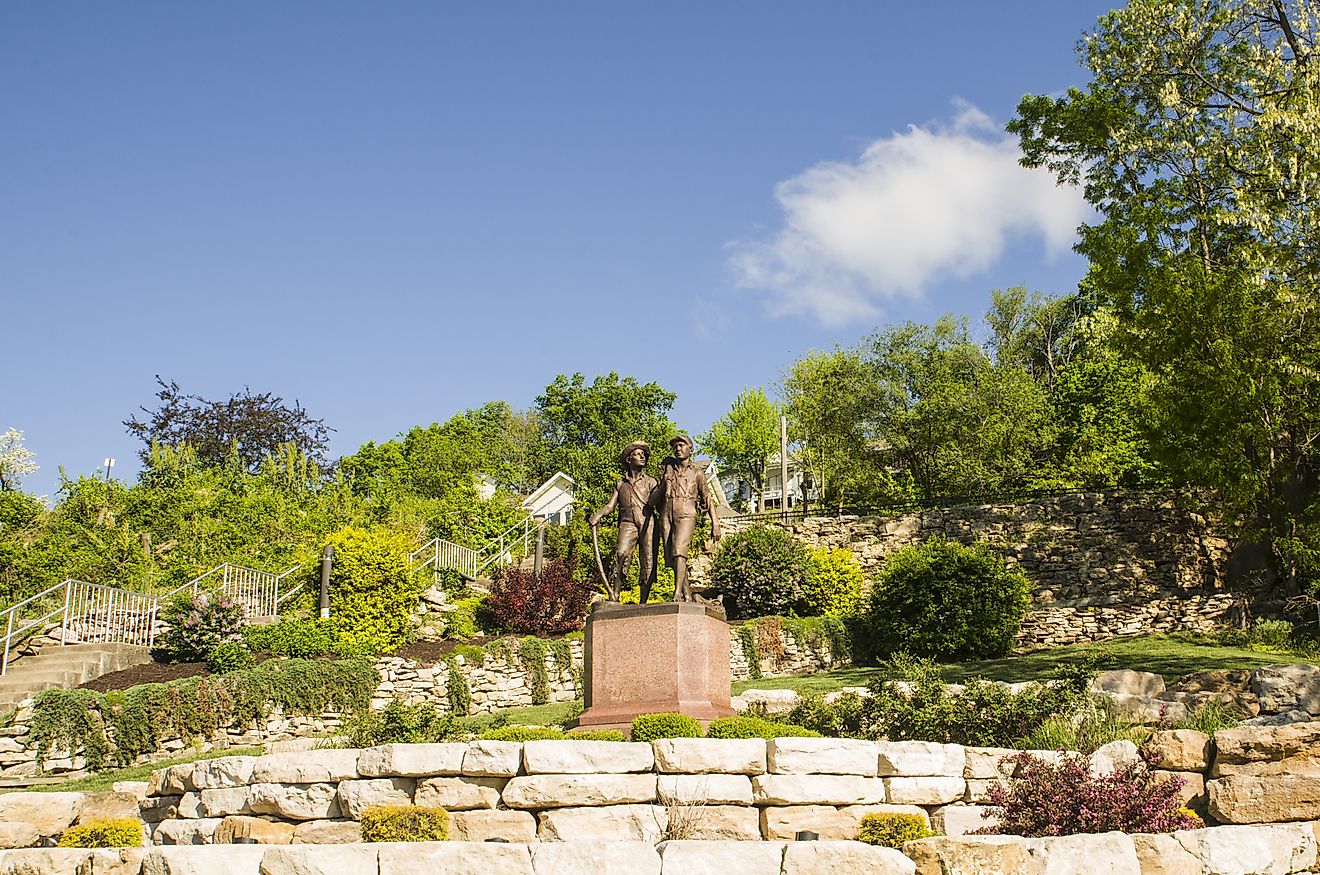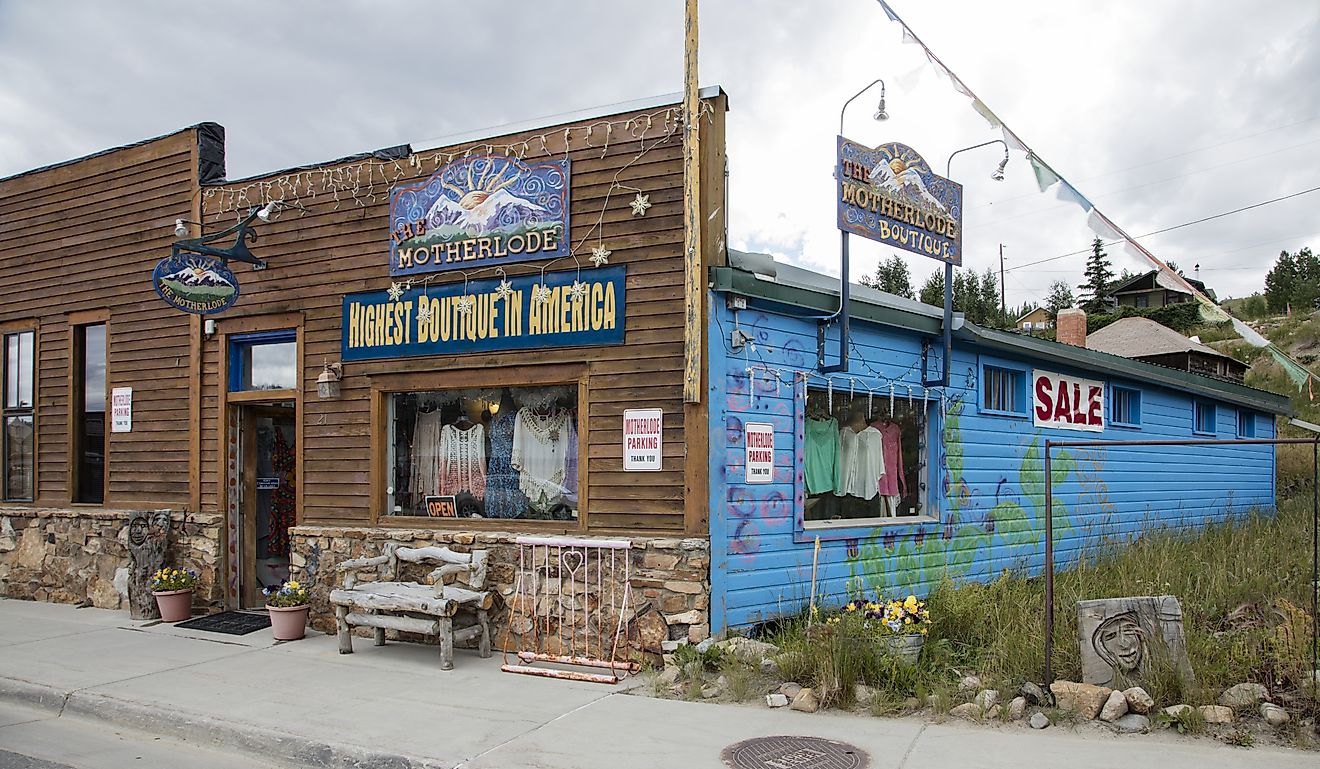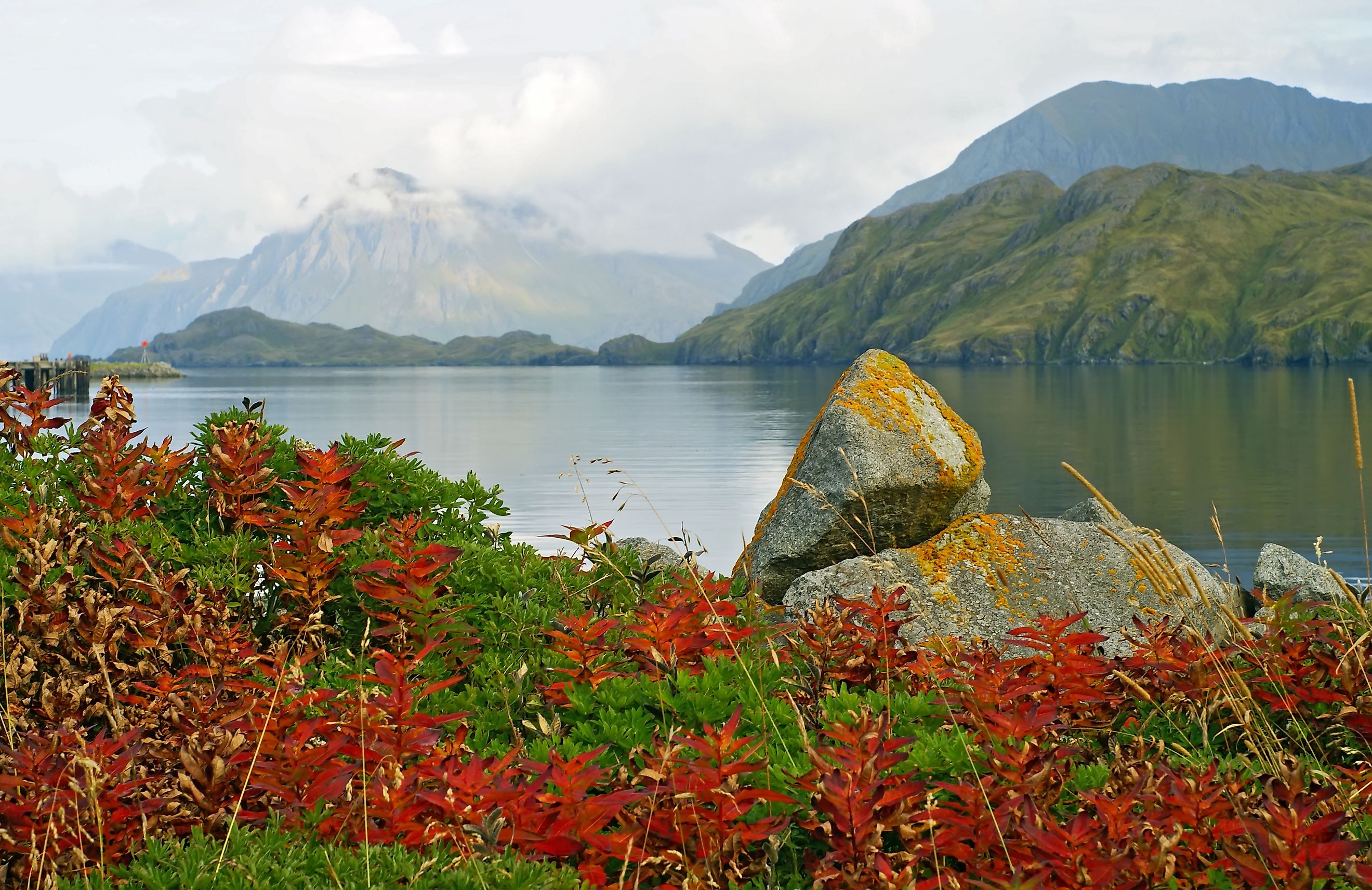
America’s Northernmost, Southernmost, Easternmost, and Westernmost Towns
The edges of the United States aren’t just geographic boundaries—they’re home to some of the most remote and compelling communities in the country. These extreme points—north, south, east, and west—mark the literal ends of the American map, but they also reveal a deeper story about identity, culture, and resilience. Each of these far-flung towns exists in a landscape shaped as much by isolation as by history. They sit at the edge of the familiar, where everyday life unfolds against backdrops of Arctic tundra, volcanic cliffs, rugged coastlines, and windswept islands.
In these towns, the extremes of climate and location have forged distinct local identities. You’ll find traditions rooted in Native Alaskan culture, echoes of Cold War-era military strategy, the legacy of early American industry, and the tropical rhythm of Pacific island life. These towns offer a fascinating look at the United States from its outermost points.
Northernmost Town: Utqiaġvik, Alaska
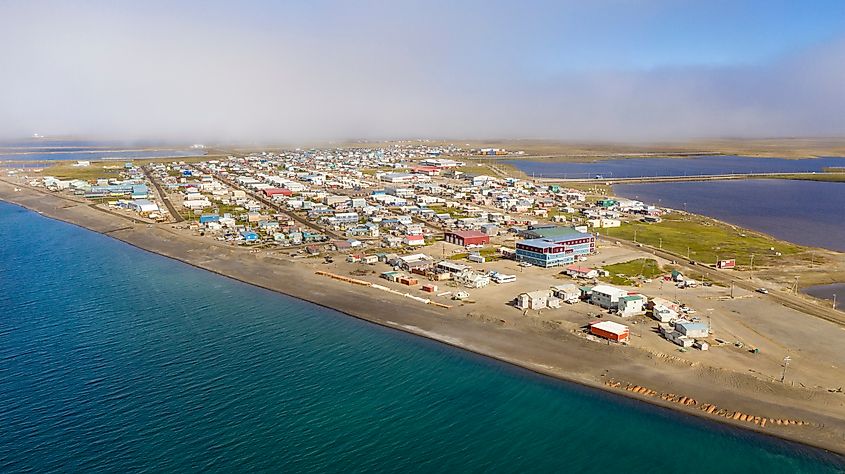
Formerly known as Barrow, Utqiaġvik is the northernmost town in the United States and one of the northernmost settlements in the world. Situated on the edge of the Arctic Ocean, more than 300 miles north of the Arctic Circle, this Inupiat community endures some of the harshest weather in the country. Winters are long and dark, with the sun disappearing for more than two months during the polar night.
Yet life in Utqiaġvik is anything but bleak. The town is deeply rooted in Native Alaskan traditions, particularly subsistence hunting, which sustains much of the population. Visitors are drawn to its unique cultural experiences, like witnessing whaling festivals, exploring ancient archaeological sites, and learning about Inupiat customs at the Iñupiat Heritage Center.
Reaching Utqiaġvik requires a flight from Anchorage or Fairbanks, but the trip is well worth it for those looking to witness the stark beauty of the tundra and Arctic coastline. It's a reminder of resilience—a community thriving in one of the world’s most extreme climates.
Southernmost Town: Naʻalehu, Hawaii
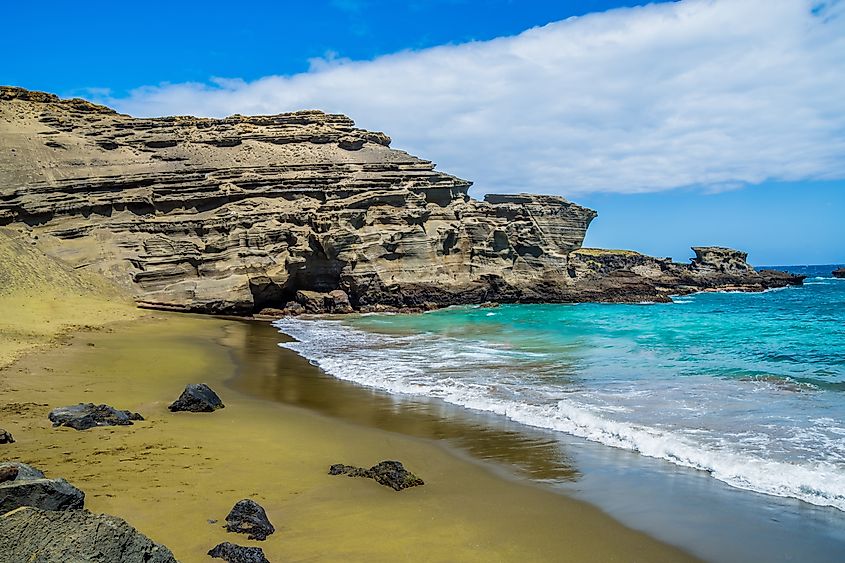
Located on the Big Island of Hawaii, Naʻalehu lays claim to being the southernmost town in the United States. Nestled in the Kaʻū District, it offers a quiet, rural atmosphere far from the crowds of Kona and Hilo. Surrounded by macadamia nut orchards and coffee farms, the town provides a peaceful slice of island life.
Nearby attractions include South Point (Ka Lae), the actual southernmost point in the US, and Papakōlea Green Sand Beach, one of only four green sand beaches in the world. The town itself is known for its small eateries and farmers markets, where locals serve up sweetbread, poke, and fresh tropical fruit.
Naʻalehu’s laid-back rhythm, paired with its rugged natural beauty, makes it a must-see for travelers looking to explore beyond Hawaii’s resort corridors. It’s where palm trees meet volcanic cliffs—and where America officially ends in the Pacific.
Fun fact: Key West, Florida, holds the title as the southernmost point in the continental US—just 90 miles from Cuba and famous for its mile marker, sunsets, and laid-back vibes.
Easternmost Town: Lubec, Maine
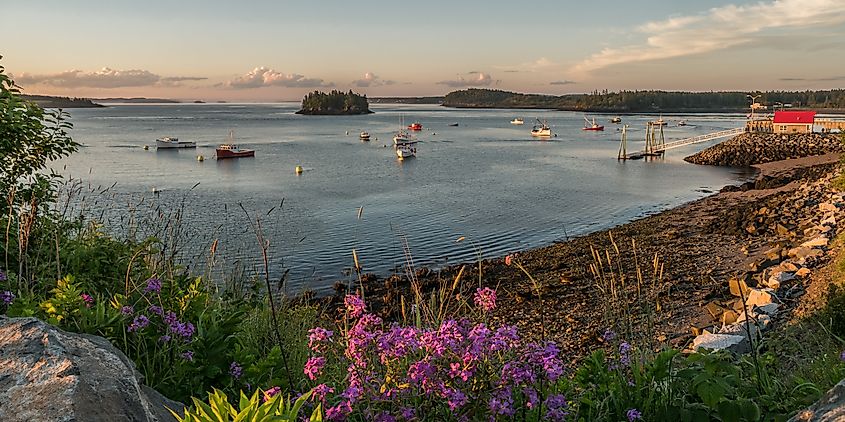
Tucked against the Canadian border, Lubec is the easternmost town in the continental United States. Perched on the edge of a windswept peninsula, Lubec is the first place in the country to greet the sunrise. With its classic New England charm and stunning coastal views, it offers a peaceful escape into Maine's maritime past.
Lubec was once a bustling center for sardine canning and smoked herring, but today it's better known for its lighthouses, saltbox houses, and access to the nearby Roosevelt Campobello International Park. West Quoddy Head Lighthouse, with its iconic red-and-white stripes, is one of the most photographed in the country.
The town's isolation only adds to its appeal. With fewer than 1,500 residents, Lubec provides a quiet counterpoint to the more touristed parts of coastal Maine. It's also a base for hiking, whale watching, and kayaking in the cool Atlantic waters.
Westernmost Town: Adak, Alaska
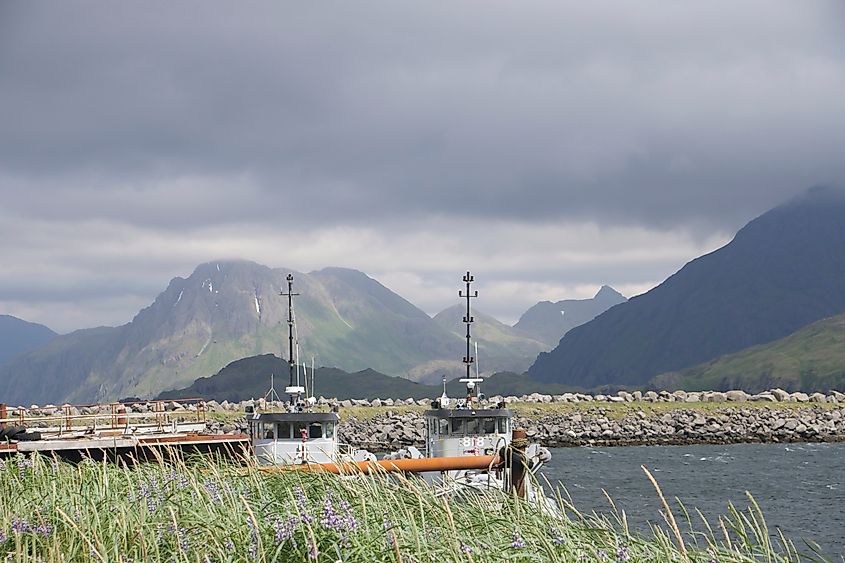
Remote and rugged, Adak is the westernmost town in the United States, located on Adak Island in the Aleutian chain. It’s more than 1,200 miles from Anchorage and lies farther west than Honolulu. Once a bustling naval air station during the Cold War, the town now has fewer than 200 residents.
Adak offers a haunting beauty: windswept tundra, volcanic peaks, and dramatic seascapes are the norm here. The abandoned military infrastructure lends it a ghost-town feel, but for adventurous travelers, this is part of the appeal. Birdwatchers and nature photographers frequent Adak for its rare species and stark landscapes.
Though reaching Adak requires a long flight and some logistical planning, visitors are rewarded with a rare look at one of America’s most remote outposts. This is as far west as you can go in the US, and it feels like the edge of the world.
Why These Towns Matter
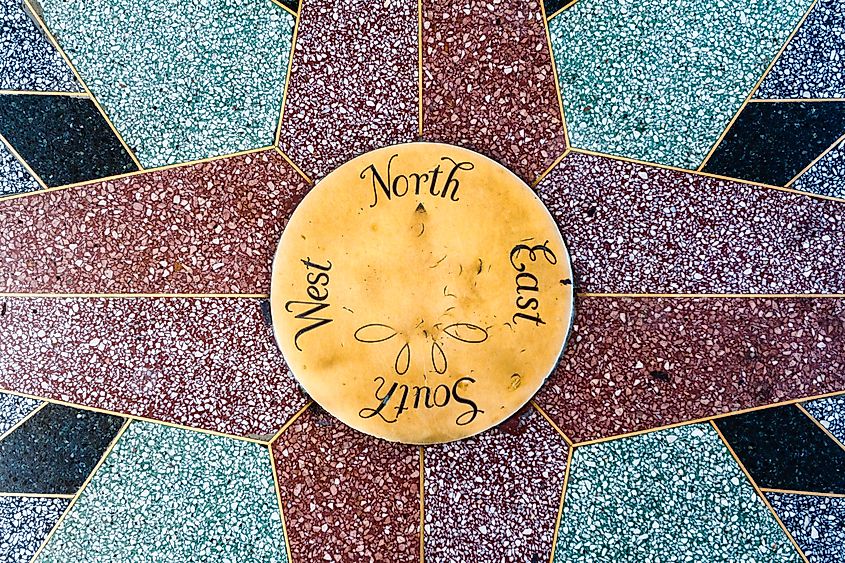
Each of these towns represents more than just a point on a map. They are living reminders of the United States' vast geographical diversity and cultural richness. Whether it’s the ancient traditions of Utqiaġvik, the island warmth of Naʻalehu, the sunrise charm of Lubec, or the windswept isolation of Adak, these places offer unique stories, sights, and experiences you won’t find anywhere else.
They also challenge our notions of what it means to live in America. Far from the urban sprawl and interstate highways, these communities thrive in places most people will never see—places defined by resilience, nature, and an unshakable sense of place.
Planning a Visit to America’s Corners
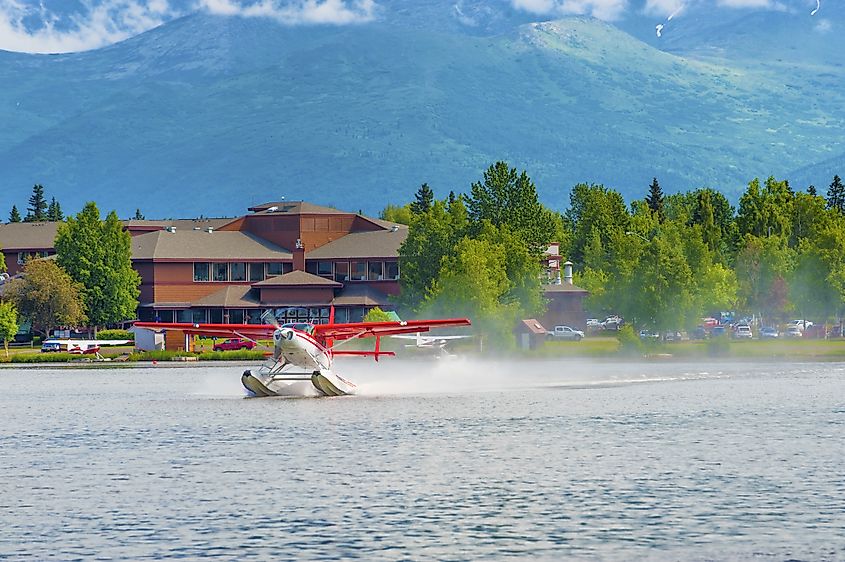
While reaching some of these extreme towns may require extra effort, they reward travelers with unforgettable adventures. Flights are necessary for Utqiaġvik and Adak, while Lubec and Naʻalehu are accessible by car from larger regional airports. Accommodations range from cozy B&Bs in Maine to rustic lodges in Alaska. It’s best to plan ahead, especially when visiting during shoulder seasons.
Whether you’re chasing the sunrise, hunting for the green flash at sunset, or exploring windswept landscapes that stretch to the edge of the sea, these towns offer more than a geography lesson—they deliver a deeper understanding of the United States itself.
America at the Edges
From the Arctic ice to the tropical breezes of the Pacific, America’s farthest-flung towns are proof that the country's story isn't just told in its big cities. It's written at the margins, too—where geography and grit shape communities that remain proudly, and profoundly, American.
